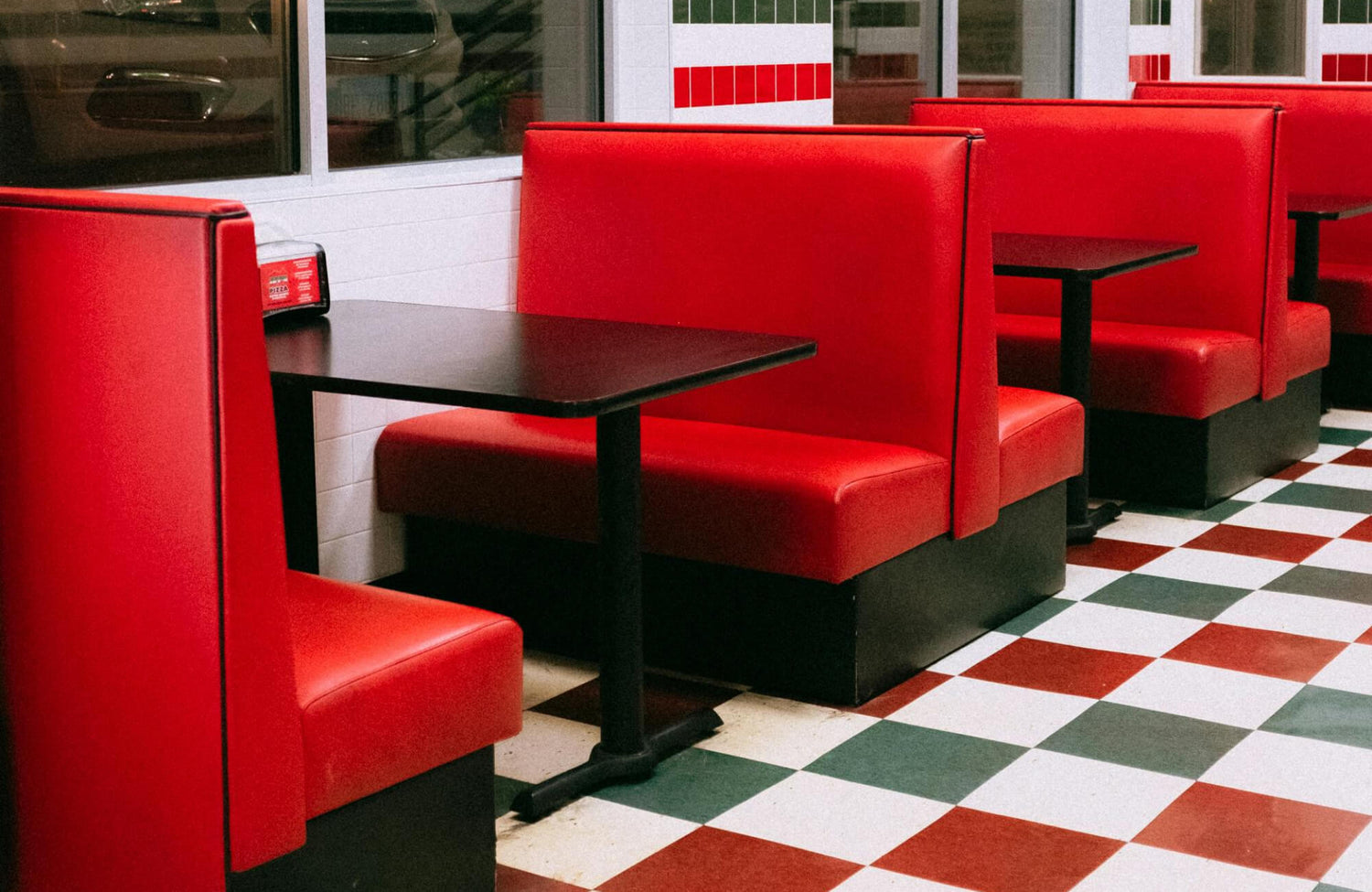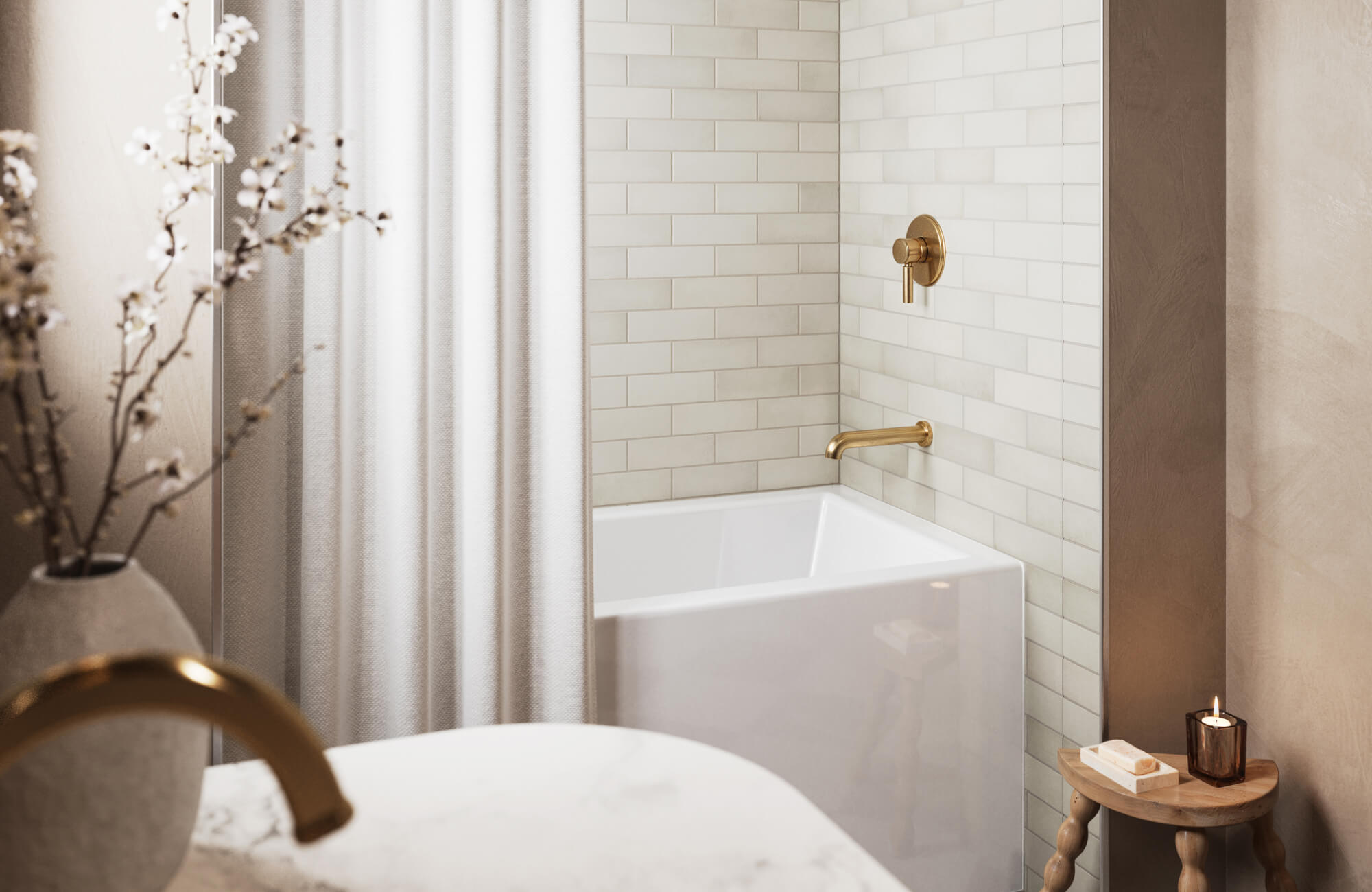The checkered floor, a classic motif found in countless diners across the globe, has become synonymous with this beloved American institution. But why has this particular pattern endured for decades, captivating diners and designers alike? Beyond its aesthetic appeal, the checkered floor carries a rich history, cultural significance, and practical functionality that have cemented its place in the world of design. From its historical roots to its role in shaping diner culture, this seemingly simple element offers a fascinating story worth exploring.

Historical Roots of Checkered Floors
The story of the checkered floor begins centuries before diners even existed. Its geometric appeal and symbolic meanings have deep roots in ancient civilizations and European traditions, evolving into a design element that has stood the test of time.
Ancient and Medieval Beginnings
The origins of the checkered pattern stretch back to ancient civilizations, where its geometric appeal symbolized balance, order, and duality. Early examples of checkered designs appeared in temple mosaics and public spaces, reflecting humanity’s fascination with symmetry. In medieval Europe, the pattern became a staple of church tiles and civic buildings, representing harmony and structure in communal spaces.
Renaissance and European Influence
During the Renaissance, the checkered motif evolved into intricate designs seen in tapestries, ceramics, and interior decor. The era’s emphasis on artistry and balance brought renewed attention to geometric patterns, embedding the checkered floor into European design traditions. These cultural influences would later cross the Atlantic, finding a new purpose in the rise of American diners.

Adoption of Checkered Floors in American Diners
With the advent of the American diner in the late 19th century, the checkered floor gained a new context. Its practicality, affordability, and charm made it an ideal choice for bustling eateries, paving the way for its iconic association with diner culture.
The Industrial Revolution’s Role
The late 19th century marked the birth of the American diner, driven by the Industrial Revolution and waves of European immigration. Inspired by European coffeehouses and taverns, these early eateries sought design elements that balanced practicality with visual appeal. The checkered floor, with its bold pattern and functional benefits, became a natural choice. Its eye-catching design not only masked stains and spills but also evoked a sense of warmth and tradition, resonating with patrons from diverse backgrounds.
Practical Materials for the Time
Constructed from durable, cost-effective materials like linoleum or porcelain tiles, checkered floors offered both longevity and affordability. These materials not only withstood the high activity of bustling diners but also required minimal maintenance, making them an ideal choice for budget-conscious owners. Over time, the checkered floor became an iconic hallmark of diner interiors, encapsulating the welcoming atmosphere diners sought to create.

Psychological and Cultural Significance of Checkered Floors
While the checkered floor's charm has historical and cultural roots, its enduring popularity also lies in its ability to transform spaces visually and emotionally. Beyond its bold patterns and contrasts, the checkered floor creates a sensory experience that resonates with diners, evoking energy, nostalgia, and a sense of place.
Visual Dynamics and Energy
The alternating light and dark squares of a checkered floor creates a dynamic, high-contrast pattern that naturally draws attention and stimulates the senses. This interplay of contrast fosters a sense of energy and movement, making the space feel vibrant and lively. For diners, this sense of vitality aligns perfectly with their goal of creating a fun, inviting atmosphere. Psychologically, the pattern also evokes a sense of rhythm and balance, appealing to our innate preference for order.
Nostalgia and Pop Culture
The checkered floor’s charm goes beyond its visual impact—it’s steeped in nostalgia. Immortalized in classic films like Grease and American Graffiti, as well as vintage television shows, the checkered floor has become a cultural icon synonymous with mid-20th-century Americana. Its portrayal in pop culture evokes memories of simpler times, making it a familiar and comforting element for many. This deep association with nostalgia reinforces the floor’s timeless appeal, ensuring it remains a defining feature of classic diners.

Practical Benefits of Checkered Floors in Diners
The practicality of the checkered floor has been as instrumental to its success as its iconic design. It’s an excellent choice for diners looking for a long-lasting, cost-effective solution.
Durability and Low Maintenance
Constructed from materials such as linoleum and porcelain tile, checkered floors are designed to withstand heavy use, spills, and the wear and tear typical of a busy diner environment. Their smooth, non-porous surfaces also make them easy to clean, with a simple mop and bucket often restoring their shine. This practicality ensures a hygienic and inviting space for customers and staff alike.
Cost Efficiency and Accessibility
Practicality extends to the cost of checkered floors, which have historically provided a budget-friendly option for diner owners. As previously highlighted, linoleum and porcelain tiles are relatively inexpensive materials, making them accessible to businesses with limited budgets. The simple pattern of alternating squares allows for efficient manufacturing and quick installation, further reducing labor costs.
Beyond the initial expense, the longevity of these materials adds to their cost efficiency. Unlike other flooring options that may require frequent replacements or repairs, checkered floors provide a durable, long-term solution that minimizes future costs. This practical balance of affordability and durability allowed diner owners to focus on delivering quality food and service, reinforcing the checkered floor’s status as a functional design choice.

Criticisms and Limitations
Despite its iconic status, the checkered floor is not without its drawbacks and criticisms.
Overuse and Visual Overwhelm
While the checkered floor has undeniable charm, excessive use of this bold pattern can create a visually overwhelming effect. When not balanced with other design elements, their repetitive nature may dominate a space, potentially detracting from the overall ambiance of the diner. Designers must then carefully consider the scale and proportion of the pattern in relation to the size of the space. In larger diners, an expansive checkered floor may work well, while smaller, more intimate spaces might benefit from a subtler application.
Association with Specific Eras
The strong connection between checkered floors and mid-20th-century Americana can sometimes limit their appeal. For modern diners aiming to establish a distinct or contemporary identity, this association might feel outdated or inconsistent with their vision. As a result, some establishments have chosen to explore alternative flooring styles that better align with evolving aesthetics.
Modern Alternatives and Trends
As diner design continues to evolve, many establishments have reimagined flooring options to create spaces that feel fresh and unique. These alternatives allow diners to balance tradition with modern trends, maintaining visual interest while adapting to contemporary preferences.
Fresh Approaches to Flooring
In response to changing tastes, many diners have embraced minimalist or eclectic designs that incorporate a mix of materials and patterns. Flooring options like polished marble, wood-style tiles, or custom geometric layouts offer fresh alternatives that retain visual interest without replicating the traditional checkerboard. These options allow diners to create personalized spaces that appeal to today’s diverse customer base.
Adaptations of the Classic Design
For those who want to preserve the charm of checkered floors while modernizing their look, subtle adaptations provide the perfect solution. Muted color palettes, such as pastels or earthy tones, like the Leona 24x24 Checkerboard Matte Porcelain Tile in Calacatta and Amani Bronze shown in the photo above, can soften the boldness of the original pattern. Similarly, experimenting with alternative shapes like diamonds or hexagons introduces a contemporary twist to the classic checkerboard.
To visualize different color schemes, shapes, and layouts in real-time, try Edward Martin’s Augmented Reality (AR) tool. This feature allows you to see how a checkered floor can integrate seamlessly into a modern space, helping ensure the final design aligns with the diner’s overall theme and atmosphere.
A Timeless Design Icon
The checkered floor, a seemingly simple design element, has captivated diners for generations. It represents more than just a pattern; it embodies the rich history, cultural significance, and practical functionality that define the classic American diner. By blending nostalgia with modern adaptability, the checkered floor continues to serve as a timeless icon in the world of interior design. Its enduring popularity is a testament to its versatility and charm, proving that some design elements truly stand the test of time.
Whether in a retro-inspired diner or a contemporary space, the checkered floor remains a beloved feature, connecting us to the past while shaping the future of diner aesthetics. For those considering adding checkered floors to their design, consulting with a design professional can provide valuable guidance. From selecting the ideal layout and color palette to choosing the most suitable materials, expert advice ensures a cohesive and striking result that honors the enduring appeal of this design classic.








